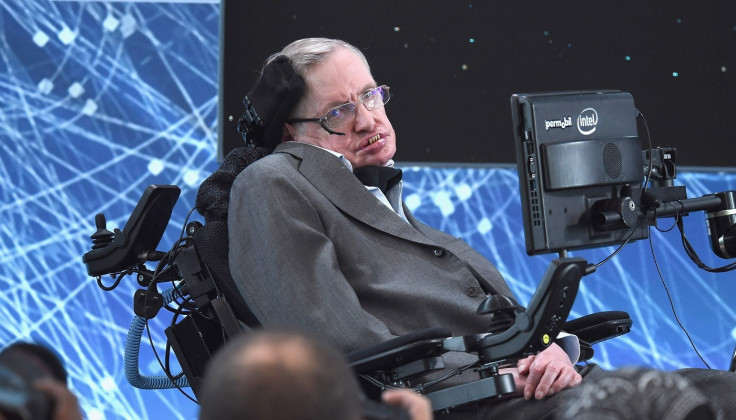Watch: Stephen Hawking explains what existed before the 'big, big bang'
The universe started off as a small singularity 13.8 billion years ago and has been expanding ever since but what came before has always been a mystery.

The universe we know today is unexplainable, something that started off as a small, single-atom sized singularity13.8 billion years ago and has been expanding ever since. Scientists call the birth event as the 'big bang', but if this is how our universe, including our tiny little Earth, came to be, what existed before it?
As current instruments cannot look that far back, only mathematical models can be used to understand the big bang including what happened before it. The explanations vary from scientist to scientist, but Stephen Hawking has a definite answer – 'nothing'.
'Nothing was around before the big, big bang," the famed British physicist told astrophysicist Neil deGrasse Tyson on the "StarTalk" TV show.
In a video clip, published by Popular Science, Hawking referred to a theory called 'no boundary proposal' and explained: "The boundary condition of the universe is that it has no boundary". He said at the beginning of the universe, time, as we know it, is replaced by imaginary time which behaves like a fourth direction of space.
Put simply, space-time is similar to any curved surface without an end, just like Earth. It shrinks as we go back but never narrows down to one single point. If we see the South Pole as the beginning of the universe with real and imaginary time. "There is nothing south of the South Pole, there was nothing around before the Big Bang," Hawking added.





















